Section 3 | Bovine Respiratory Disease in Calves
Page 17 /
Preventing Bovine Respiratory Disease
The consequences of respiratory disease can be severe. Treatments can be effective, but cost time and money, and antimicrobial treatments can contribute to resistance. Prevention should be the focus when it comes to managing disease. This means adopting a proactive mindset, opposed to a reactionary one.
To prevent respiratory disease, it is important to consider the environment, host, and agent factors. For the rest of this FAAST Review we will focus on the factors that can be changed in the environment and host to reduce respiratory disease. The agent will often not cause disease with a well managed environment and prepared host.
Managing the Environment
There are many things that can be done in the environment to prevent respiratory disease from occurring.
The main focus should be placed on:
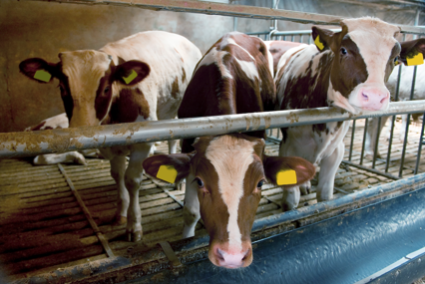
Ventilation
Ensuring that fresh air is constantly being delivered to calves (without creating a draft) is a major challenge in calf barns. There are many ways to ventilate calf barns, however, over the past 10 years, positive-pressure tube ventilation systems coupled with natural ventilation has become more commonplace. The standard recommendation has been to ensure 4 air exchanges per hour. In the summer, air flows should be increased to ensure speeds of 1 meter/second are reached in the calf pens, at calf level. Work with an agricultural engineer along with your veterinarian to determine what ventilation system would work best in your barn. If you have an existing system, it is important to test it regularly to ensure it is functioning correctly.
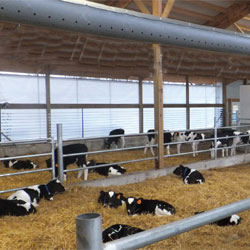
Source: Dairy Herd Management
Stocking Density
Stocking density is another consideration for improving environmental conditions. The higher the stocking density, the higher the burden of pathogens and often the worse the air quality (high pathogen load, high humidity).
It can be a challenge to keep bedding dry and air ammonia-free when barns are densely stocked. Ammonia can irritate the lining of the respiratory tract making bacterial and viral entry into the lungs and throat easier. Facilities that have no excess capacity to handle surges in calf numbers results in adverse calf health through overstocking and poor housing conditions. This is why it is so important to recognize the upper limit of your barn and fill it accordingly; any added benefit to your bottom line from more calves may be challenged by disease costs.
Bedding Management
For calves, bedding plays a crucial role in aiding thermoregulation. It also increases comfort and improves hygiene. One way to measure this is through “nesting scores”. When a calf lays down in their pen, how much of their legs are you able to see? If you cannot see their legs, then there is enough bedding to allow for thermoregulation during cold months.
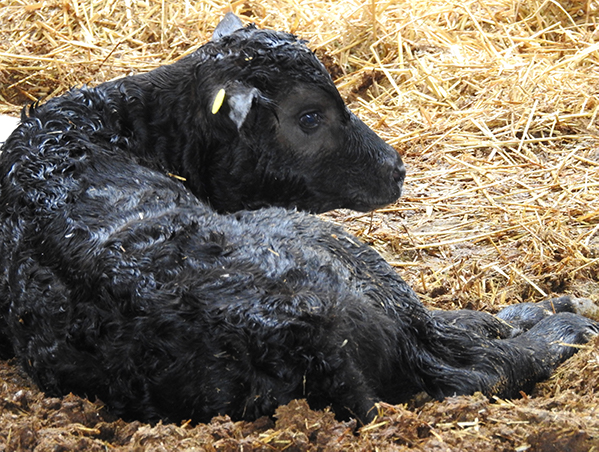
Source: ACER Consulting Ltd.
Deep bedding is where it’s at! It provides insulation and prevents stressful “chills” from ventilation during cold months. In fact, calves that are well nested in the winter will have reduced respiratory disease.
Keep it dry! It’s not just enough to provide deep bedding; it needs to be dry. The “kneel test” is a good way to test. If you kneel in your calf pen, are your knees dry when you stand? Wet bedding is an ideal environment for bacteria to grow and will serve to reduce a calf’s body temperature rather than keep them warm. Calves that experience cold temperatures can become stressed, making them more susceptible to disease. They will also have reduced rates of growth.
Host Factors
There are many ways to improve the host, which in this case involves the calf’s immunity. The main consideration, especially early in life, is to provide an ample amount of high-quality colostrum quickly after birth.
Colostrum is crucial for calves. It provides them with the first antibodies that will begin the development of their immune system. As veal producers are not responsible for completing this management (and should purchase calves from farms that are known to use excellent colostrum management protocols), there needs to be a focus on other ways to improve the calves’ immune system.
Vaccination
One way to bolster the calf’s immune system, other than colostrum, is to provide a vaccine against disease-causing pathogens.
One of the chief concerns when vaccinating young ruminants is colostral or maternal interference with the effectiveness of the vaccine. This means that antibodies from colostrum recognize the material contained in the vaccine as a disease-causing pathogen. The immune system is working against us!
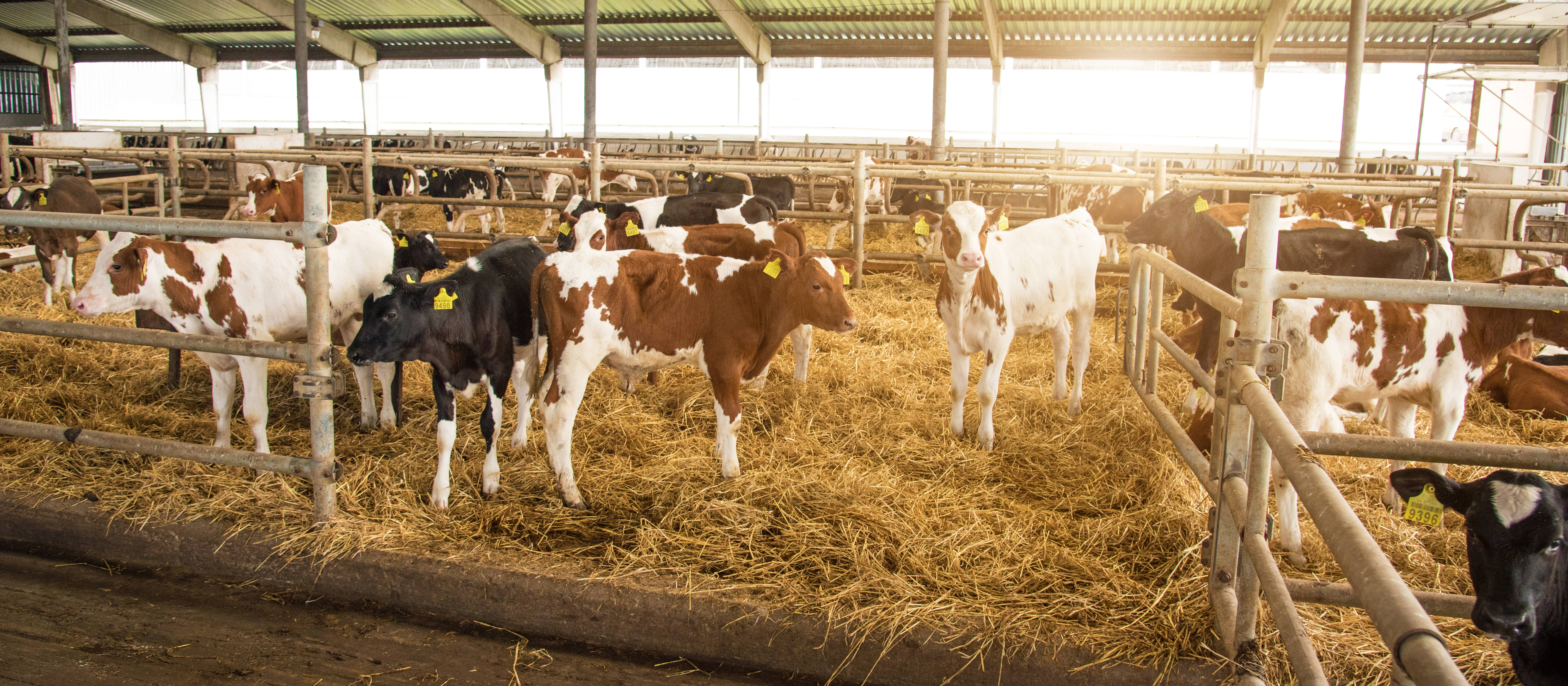
More on Intranasal Vaccines
One way to get around maternal interference is to use intranasal vaccines in young calves, as they are able to mount a different type of immune response in the face of maternal antibodies. This response, called a mucosal immune response, builds immunity directly where the vaccine is given (in the respiratory tract). The use of intranasal vaccines against common respiratory pathogens is a common procedure that is administered at arrival, or within the initial growing period.
Some studies using intranasal vaccines in young calves have found a reduced level of respiratory disease and need for antimicrobial treatment. This suggests that these vaccines offer some protection against respiratory disease when administered shortly after calves arrive to a facility. The challenge with these vaccines is that the immunity is often short-lived, offering protection for 9 weeks.
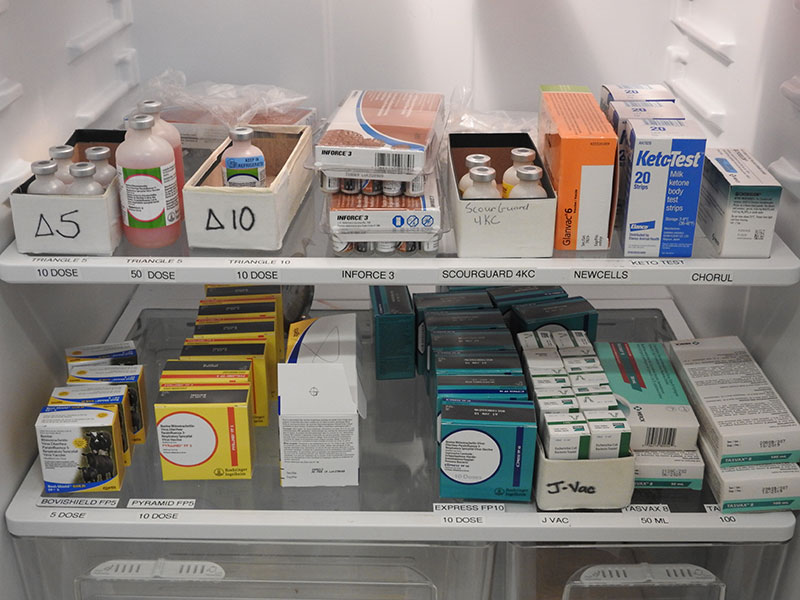
Source: ACER Consulting Ltd.
What About Other Vaccines?
Parenteral vaccines are vaccines that are injected subcutaneously or under the skin. They do not offer excellent protection when there are maternal antibodies from colostrum in circulation. Therefore, the current recommendation is that these vaccines should not be used prior to 2 weeks of age, as they will not lead to any protection against disease. This is because the dam’s antibodies will recognize the antigen in vaccines as harmful and destroy them before they are able to establish immunity.
Work with your veterinarian to develop a vaccination program in your herd that will most effectively protect your calves from developing disease.
Nutrition
Providing a high plane of nutrition to calves, especially in the preweaning period, will bolster immune function, improve growth, and lead to a reduced level of disease. To date, research suggests that providing >8 L per day of milk or milk replacer (mixed according to manufacturer recommendations) over 2-3 feedings is needed. Feeding calves well prevents them from feeling heat and cold stress, and allows them to fight disease without impacting growth. As part of your prevention plan, think about the impact that nutrition could have in preventing respiratory disease.
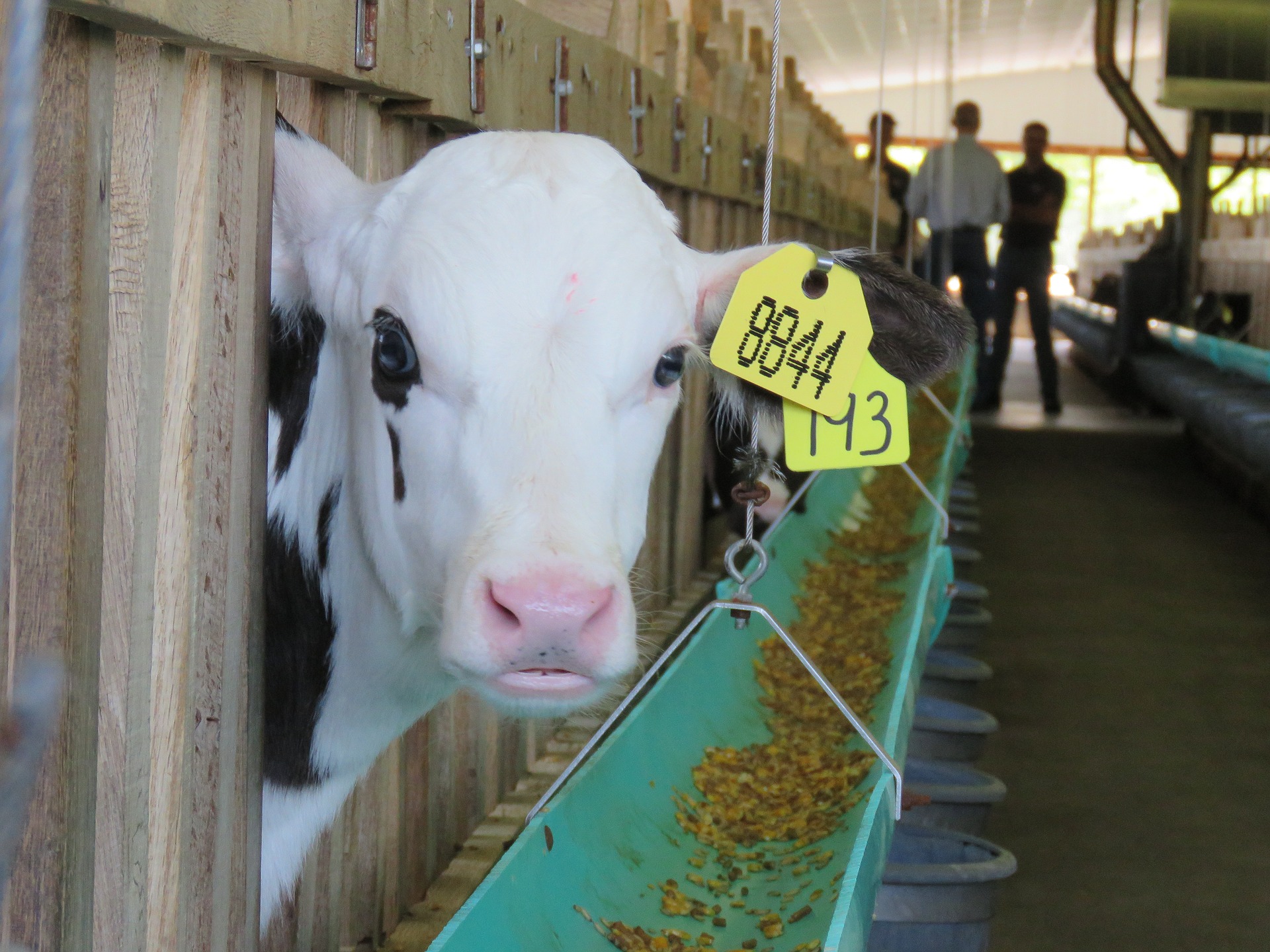
For more information on farm management to reduce disease, visit our page, Key Aspects of Animal Husbandry.